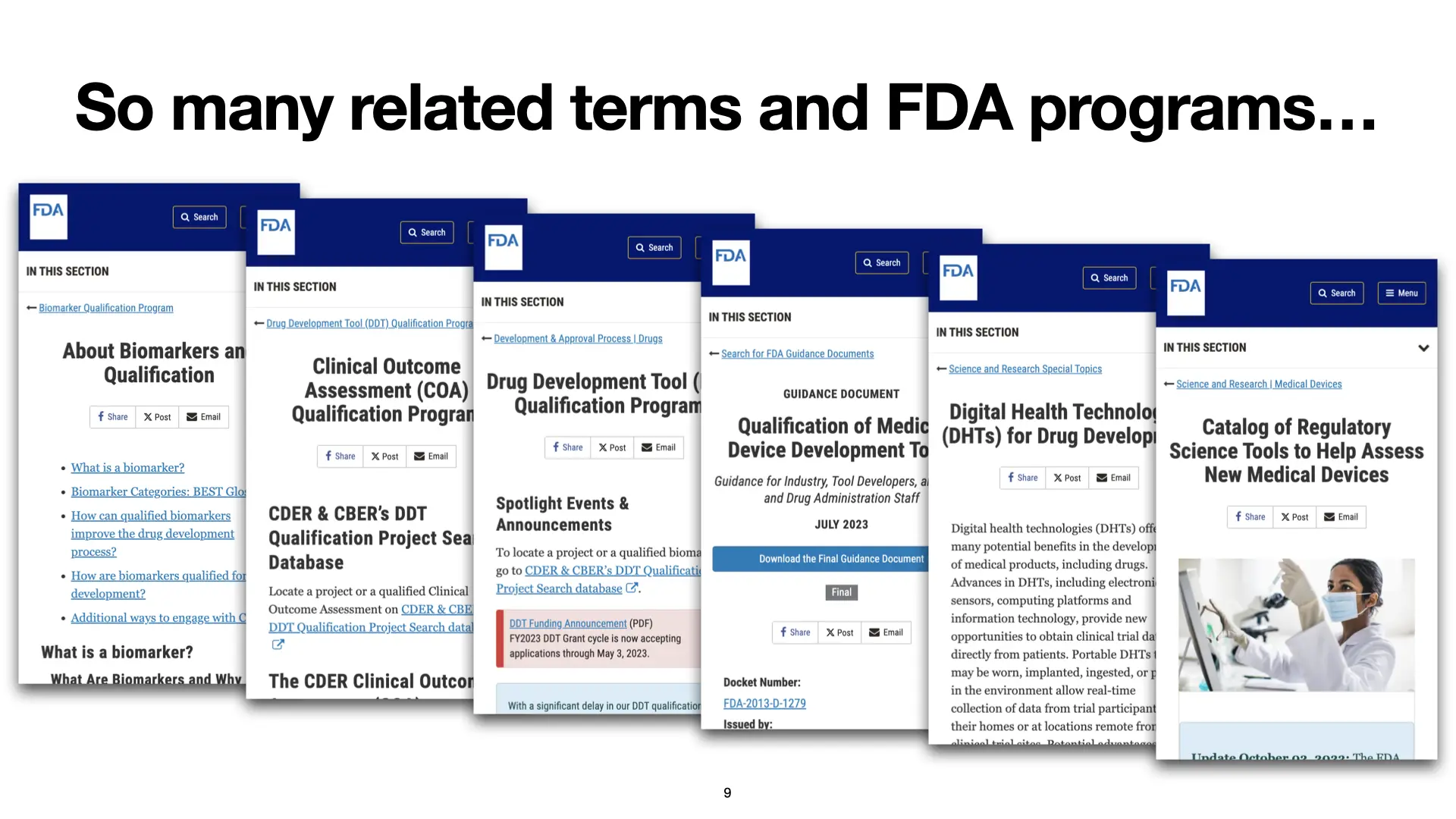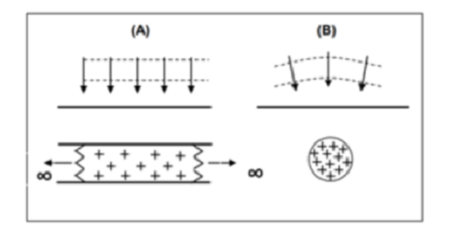Geochemical Tools: Unlocking Unconventional Source Rock Secrets

Unconventional reservoirs, like shale formations, hold vast reserves of oil and gas. Understanding these resources requires advanced analytical techniques to decipher the complex characteristics of the **source rock characterization**. Fortunately, a suite of powerful **advanced geochemical tools** is available, offering detailed insights into their origin, composition, and thermal history. This article delves into the application of **Rock-Eval pyrolysis**, **biomarker analysis**, and **isotope geochemistry** in unlocking the secrets of these valuable resources.
Rock-Eval Pyrolysis: A Cornerstone of Source Rock Evaluation
**Rock-Eval pyrolysis** is a rapid and widely used technique for characterizing the organic matter in **source rock characterization**. It involves heating a small sample of rock in an inert atmosphere and measuring the hydrocarbons and carbon dioxide released at different temperatures. The data generated provides information about the quantity and type of **kerogen** present, as well as the **thermal maturity** of the rock.
Key parameters obtained from **Rock-Eval pyrolysis** include S1 (free hydrocarbons), S2 (hydrocarbons generated from **kerogen** cracking), S3 (CO2 generated from **kerogen** cracking), and **Total Organic Carbon (TOC)**. These parameters are used to calculate important indices such as the Production Index (PI) and the Hydrogen Index (HI), which help assess the petroleum generation potential of the **unconventional reservoirs**.
Biomarker Analysis: Deciphering the Molecular Fingerprint
**Biomarker analysis**, also known as molecular geochemistry, involves the identification and quantification of specific organic molecules, known as biomarkers, in **source rock characterization**. These biomarkers are derived from the lipids of ancient organisms and retain their basic carbon skeleton through geological time. Their presence and relative abundance provide valuable information about the origin of the organic matter, the depositional environment, and the **thermal maturity** of the **unconventional reservoirs**.
For example, the presence of specific steranes can indicate the relative contribution of algae and bacteria to the original organic matter. Ratios of different hopanes can provide information about the redox conditions during deposition. Furthermore, isomerization and aromatization reactions of steranes and hopanes are sensitive to temperature and can be used to assess **thermal maturity**.
Isotope Geochemistry: Tracing the Origin and Evolution
**Isotope geochemistry** utilizes the variations in the isotopic composition of elements like carbon, oxygen, and sulfur to trace the origin, evolution, and diagenetic history of **source rock characterization**. Carbon isotope analysis of **kerogen** and individual hydrocarbons can provide insights into the type of organic matter and the paleoclimatic conditions during deposition.
Variations in sulfur isotope ratios can reflect the influence of sulfate reduction and the degree of euxinia in the depositional environment. Oxygen isotope analysis of carbonates can provide information about the temperature and salinity of the pore fluids during diagenesis. By combining isotopic data with other geochemical data, a more comprehensive understanding of the **unconventional reservoirs** can be achieved.
Applications in Shale Gas Exploration
In **shale gas** exploration, **advanced geochemical tools** are essential for identifying and evaluating prospective shale formations. **Rock-Eval pyrolysis** is used to determine the **TOC** content and the petroleum generation potential of the shale. **Biomarker analysis** helps to characterize the type of organic matter and assess the **thermal maturity** of the **unconventional reservoirs**. This information is crucial for predicting the gas generation potential and the spatial distribution of sweet spots.
Furthermore, **isotope geochemistry** can be used to trace the origin of the gas and to identify potential migration pathways. By integrating geochemical data with geological and geophysical data, exploration companies can make more informed decisions about drilling and completion strategies.
Applications in Oil Shale Exploration
**Oil shale** is another type of **unconventional reservoirs** that requires advanced geochemical characterization. **Rock-Eval pyrolysis** is particularly important for assessing the oil yield potential of the shale. The S2 peak, which represents the hydrocarbons generated from **kerogen** cracking, is a direct measure of the oil that can be produced upon heating the shale.
**Biomarker analysis** can provide insights into the type of **kerogen** present and the degree of biodegradation that has occurred. **Isotope geochemistry** can be used to trace the origin of the organic matter and to identify potential sources of contamination. Understanding the geochemical characteristics of **oil shale** is crucial for optimizing extraction and processing techniques.
Thermal Maturity Assessment: Unlocking the Hydrocarbon Generation Window
Determining the **thermal maturity** of **source rock characterization** is crucial for understanding the hydrocarbon generation window. Several geochemical parameters are used to assess **thermal maturity**, including Tmax from **Rock-Eval pyrolysis**, vitrinite reflectance, and **biomarker** ratios. Tmax, the temperature at which the S2 peak reaches its maximum, is a widely used indicator of **thermal maturity**.
Vitrinite reflectance is a measure of the reflectivity of vitrinite, a type of maceral derived from plant matter. **Biomarker** ratios, such as the Methylphenanthrene Index (MPI) and the Ts/(Ts+Tm) ratio, are also sensitive to temperature and can be used to assess **thermal maturity**. By integrating these different parameters, a more robust assessment of **thermal maturity** can be obtained, which is essential for predicting the timing of hydrocarbon generation and expulsion.
Data Integration and Interpretation
The true power of **advanced geochemical tools** lies in the integration and interpretation of the data generated from **Rock-Eval pyrolysis**, **biomarker analysis**, and **isotope geochemistry**. By combining these data with geological and geophysical data, a comprehensive understanding of the **unconventional reservoirs** can be achieved. This integrated approach allows for more accurate predictions of hydrocarbon potential and provides valuable insights for exploration and production.
For example, a high **TOC** content and a high Hydrogen Index (HI) from **Rock-Eval pyrolysis**, combined with the presence of oil-prone **biomarkers** and a low **thermal maturity** from vitrinite reflectance, would indicate a high potential for oil generation. Conversely, a high **TOC** content and a low Hydrogen Index (HI), combined with the presence of gas-prone **biomarkers** and a high **thermal maturity**, would indicate a high potential for gas generation. The integrated interpretation provides the most comprehensive understanding of the potential of the **unconventional reservoirs**.
Comparison Table of Geochemical Techniques
| Technique | Principle | Key Parameters | Applications | Limitations |
|---|---|---|---|---|
| Rock-Eval pyrolysis | Heating rock sample and measuring released hydrocarbons and CO2 | TOC, S1, S2, S3, Tmax, HI, OI | Source rock richness, kerogen type, thermal maturity assessment, petroleum generation potential | Limited information on organic matter origin, affected by mineral matrix effects |
| Biomarker analysis | Identifying and quantifying specific organic molecules | Steranes, hopanes, alkanes, isoprenoids | Organic matter source, depositional environment, thermal maturity, biodegradation assessment | Complex analytical procedures, interpretation requires expertise |
| Isotope geochemistry | Measuring isotopic ratios of elements like C, O, S | δ13C, δ18O, δ34S | Organic matter origin, diagenetic history, fluid migration pathways | Interpretation can be ambiguous, requires integration with other data |
Example Data Interpretation
| Parameter | Value | Interpretation |
|---|---|---|
| TOC (%) | 5.0 | Rich source rock |
| S2 (mg HC/g rock) | 20 | Good petroleum generation potential |
| Tmax (°C) | 435 | Early mature |
| Pr/Ph ratio | 2.0 | Oxic depositional environment |
| δ13C kerogen (‰ VPDB) | -30 | Type II kerogen (marine algae) |
Frequently Asked Questions (FAQ)
Q: What is the main advantage of using **advanced geochemical tools**?
A: The main advantage is the ability to obtain detailed information about the **source rock characterization** and the petroleum generation potential of **unconventional reservoirs**, leading to more informed exploration and production decisions.
Q: How does **Rock-Eval pyrolysis** help in **shale gas** exploration?
A: **Rock-Eval pyrolysis** helps determine the **TOC** content, the type of **kerogen**, and the **thermal maturity** of the shale, which are crucial for predicting gas generation potential.
Q: What kind of information does **biomarker analysis** provide about **oil shale**?
A: **Biomarker analysis** helps to characterize the type of **kerogen** present in **oil shale**, assess the degree of biodegradation, and understand the depositional environment.
Q: Can **isotope geochemistry** be used to identify the source of hydrocarbons in **unconventional reservoirs**?
A: Yes, **isotope geochemistry** can be used to trace the origin of the hydrocarbons and to identify potential migration pathways.
Conclusion
**Advanced geochemical tools**, including **Rock-Eval pyrolysis**, **biomarker analysis**, and **isotope geochemistry**, are indispensable for understanding the complex characteristics of **unconventional reservoirs**. These techniques provide valuable insights into the **source rock characterization**, the **thermal maturity**, and the hydrocarbon generation potential of these resources. By integrating the data generated from these tools, exploration and production companies can make more informed decisions and unlock the full potential of **shale gas**, **oil shale**, and other **unconventional reservoirs**. Through this process, the understanding of **kerogen**, **Total Organic Carbon (TOC)**, and other critical aspects of source rocks is dramatically improved, optimizing resource extraction.

